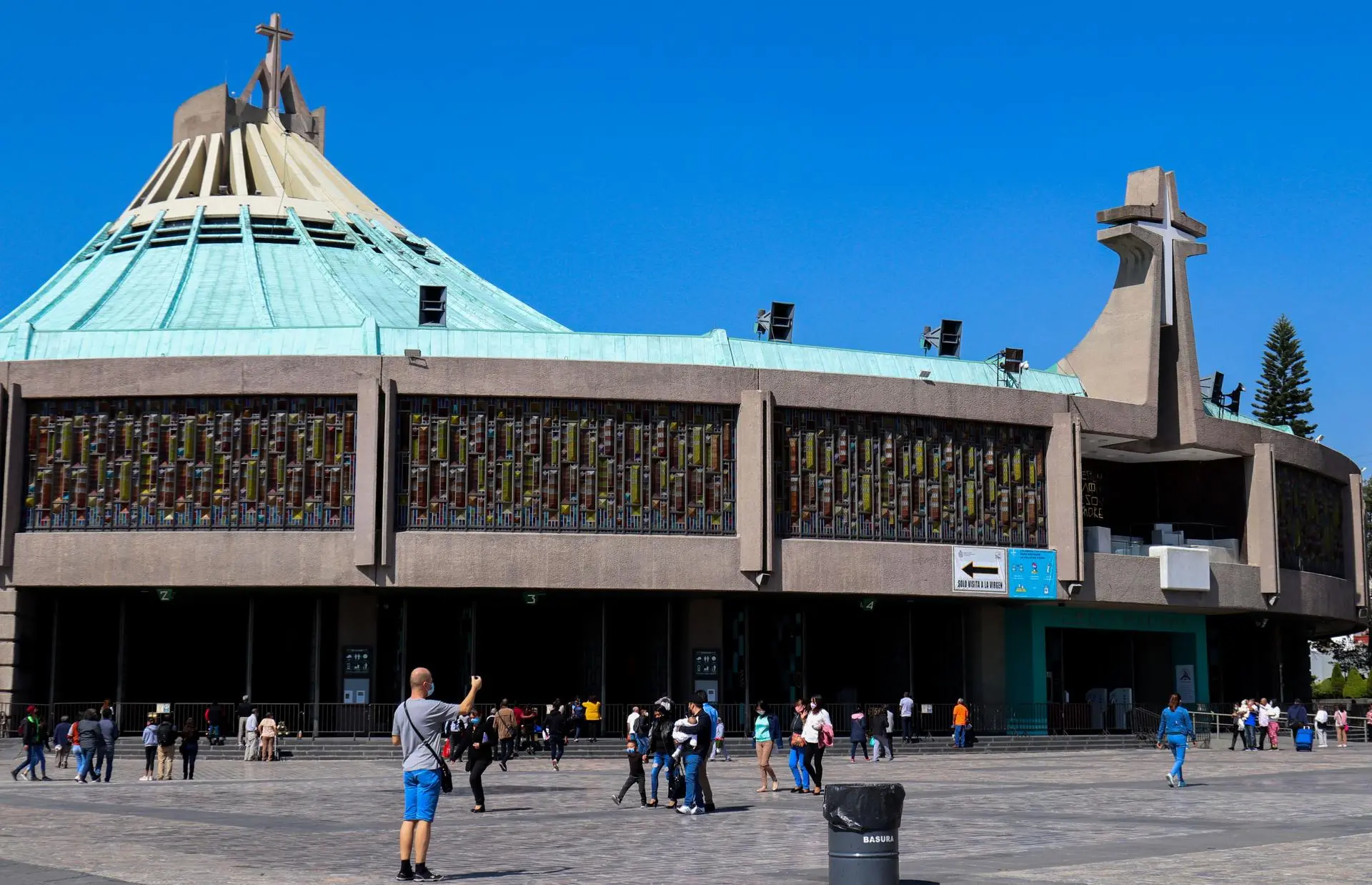The religious segment of tourism is in vogue and, contrary to what may be thought, it is a tourist modality that does not exclude, on the contrary, it attracts,” said Enrique Propin Frejomil, a researcher at UNAM’s Institute of Geography, in a press release.
The academic pointed out that there are specialized magazines that place Mexico among the top 10 favorites for religious tourism, ranking it in fifth place.
However, he said, the Spanish Tourism Agency reported the figure of 20 million visitors to the Basilica of Guadalupe (during the festivities of each December 12), “which places the Marian precinct in the first place of Catholic places in the world,” he said.
Projin Frejomil emphasized that sacred places with spiritual magnetism are places of concurrence of both believers and non-believers.
In addition, he said that Mexico has an “extraordinary” religious tourism potential as a result of its history, although he regretted that “it is not fully exploited”.
He affirmed that this is due to the fact that mobility is focused on a few sites such as the Basilica of Guadalupe, located in Mexico City; the parish of San Juan de los Lagos, in Jalisco; the Lord of Chalma, in the State of Mexico, and Our Lady of Izamal, in Yucatan.
“There are no more than 15, but when you look around there are options that would promote the development of more distant communities. What is the problem, the accessibility to the place and not having a tourist infrastructure”, he commented.
The also member of the Mexican Academy of Tourism Research suggested that if other places with this profile were promoted, more economic revenue could be generated.
Different profiles of religious tourism
The researcher recalled that, over the years, religious tourism has been recognized and profiled in two modalities: the strictly religious one motivated by faith; and the one determined by the expressions of popular religiosity, referring to festivities or rituals.
As for tourists, he said, “there are at least two models: the devout and believing pilgrim; and at the opposite extreme, the secular tourist who can become an atheist”.
He even explained that despite periods of crisis such as wars and pandemics, the World Tourism Organization (WTO) reported that tourism has declined, except in two variants of the market: cruises and religious tourism.
The Ministry of Tourism estimates that 40 million people a year participate in pilgrimages, visiting the main national sanctuaries.
And it detailed that religious tourism in the country generates revenues of close to 20 billion pesos annually (about 1 billion dollars).
According to 2019 data, prior to the pandemic, from the UNWTO and The World Religious Travel Association, globally there is an annual displacement of about 330 million tourists visiting the most important religious destinations in the world.
TYT Newsroom



